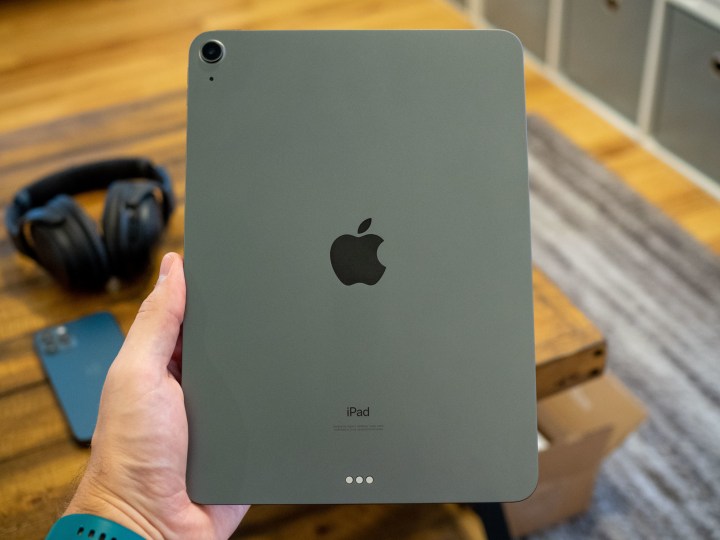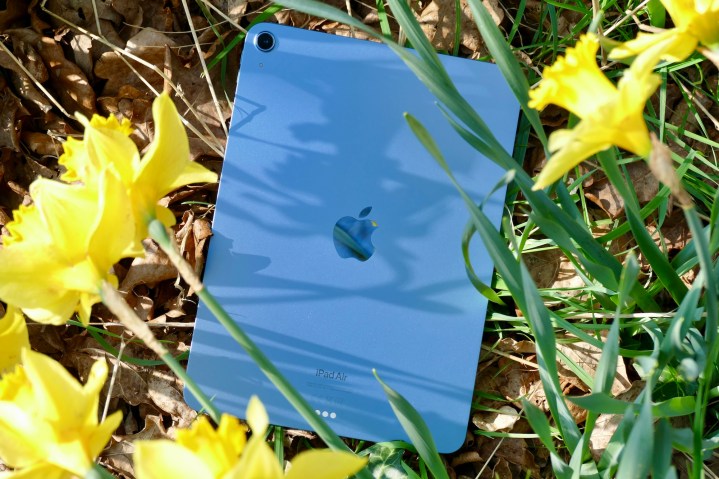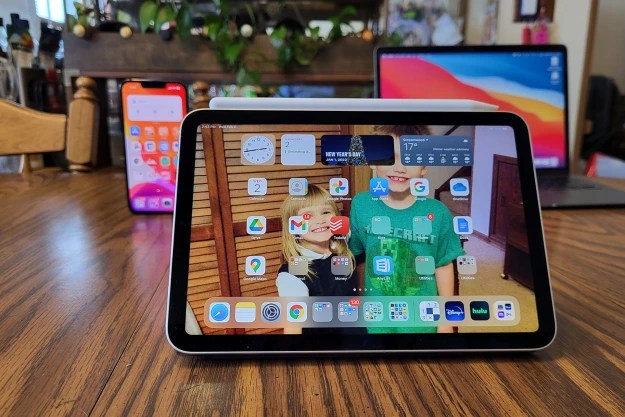
While there were rumors that Apple would reveal a new iPad mini during the “Scary Fast” M3 Mac event on October 30, that never came to fruition. In fact, we have yet to see any new iPad models come out this year, which is rather peculiar.
While we’re having a break between iPad releases, I think it’s time to reflect on how much of a mess the lineup is and how Apple should reconsider simplifying the portfolio. While iPads are still among the best tablets you can buy, there’s also a lot that should change in 2024.
The problem with iPads today

At the moment, Apple sells the following iPad models on its website: the iPad mini, iPad 9th generation, iPad 10th generation, iPad Air, 11-inch iPad Pro, and 12.9-inch iPad Pro. That’s six total models with five different sizes, five different processors used, two different charging ports, and support for a mishmash of accessories. And that’s just the iPads themselves.
Now, let’s take a look at the Apple Pencil lineup, which is the stylus accessory that is used for all iPad models. We have the original first-generation Apple Pencil, second-generation Apple Pencil, and the new Apple Pencil USB-C. Then there are the keyboard accessories: the Magic Keyboard, Magic Keyboard Folio, or just any old Bluetooth keyboard you may already have.
For the average person who isn’t a techie, they’re probably going to be overwhelmed by all the available choices for iPads and would have to ask someone more knowledgeable for a recommendation based on their needs — or even possibly do their own research via buying guides.

One of the reasons that the current iPad lineup may be a bit confusing for some people is the fact that there are two standard iPad models that are being sold at the same time: the 9th-gen and 10th-gen iPads. When Apple introduced the 10th-generation model, it did not discontinue the 9th generation. Instead, it kept it around as the “budget” iPad, which is also the only iPad with the Home button and that still uses a Lightning port rather than USB-C.
There’s also the problem of iPad models that are very similar to each other, like the iPad Air and the 11-inch iPad Pro. They’re about the same size (10.9 inches versus 11 inches) and have a similar build with flat edges. The iPad Pro has an M2 chip, dual camera system, Face ID, and a ProMotion display, while the iPad Air has an older M1 chip, one camera, no ProMotion, and Touch ID in the top button.
For most people, the iPad Air is probably the better option since it’s $200 cheaper ($799 versus $599). But if you’re going to get the iPad Pro, the 12.9-inch version has the better display between the two sizes anyway. I like my older 11-inch iPad Pro from a few years ago, but even I admit that the current one is in a bit of an odd place now.
The accessories aren’t any better

Even if someone determines which iPad is right for them, there’s the confusing compatible accessory lineup as well.
It was a bit easier when there were only two Apple Pencils, but now we have three because Apple decided to randomly introduce a new Apple Pencil with USB-C. It’s a mash-up of the second-generation aesthetic, but it pairs and charges via USB-C in the same way the first generation uses Lightning. However, it has fewer features than both the first- and second-generation models. But hey, it’s the cheapest one! That has to count for something, right?

On the keyboard front, Apple has the following: the Smart Keyboard, Smart Keyboard Folio, Magic Keyboard Folio, and Magic Keyboard. All of these keyboards have compatibility with certain iPad models, with some only working on older models, so you have to make sure that you get the one that is compatible with your current iPad.
The cheapest option is the Smart Keyboard ,which starts at $159, but it’s pretty much just for older iPads. The Smart Keyboard Folio, which is more for current-generation devices, starts at $179.The Magic Keyboard Folio is $249, and the top-of-the-line Magic Keyboard is $299. These aren’t cheap accessories and will definitely add to the total cost of whichever iPad model you eventually choose.
Apple needs to simplify the iPad line

When the iPad originally debuted in 2010, it was simple: there was just the iPad. It remained the only iPad model until Apple added the iPad mini in 2013, then the iPad Air in 2014, and finally the iPad Pro in 2016. Since then, we’ve had four variations of the iPad, with the sizes changing every so often to reflect smaller bezels and no more Home buttons.
While having different iPad models is nice, it’s become convoluted and unnecessarily complicated, especially when Apple keeps the previous generation model alongside the new one (9th- and 10th-gen iPad) and has multiple sizes for one model.
I think it’s time for Apple to trim the fat a little once the next iPad refresh comes around. Do we really need two standard iPad models? Is there a real need for an 11-inch iPad Pro when there’s the iPad Air, or vice versa? Did we really need to have a third Apple Pencil option? No, no, and no.
Apple should go back to the days when its lineup of devices followed a simple rule: less is more.



